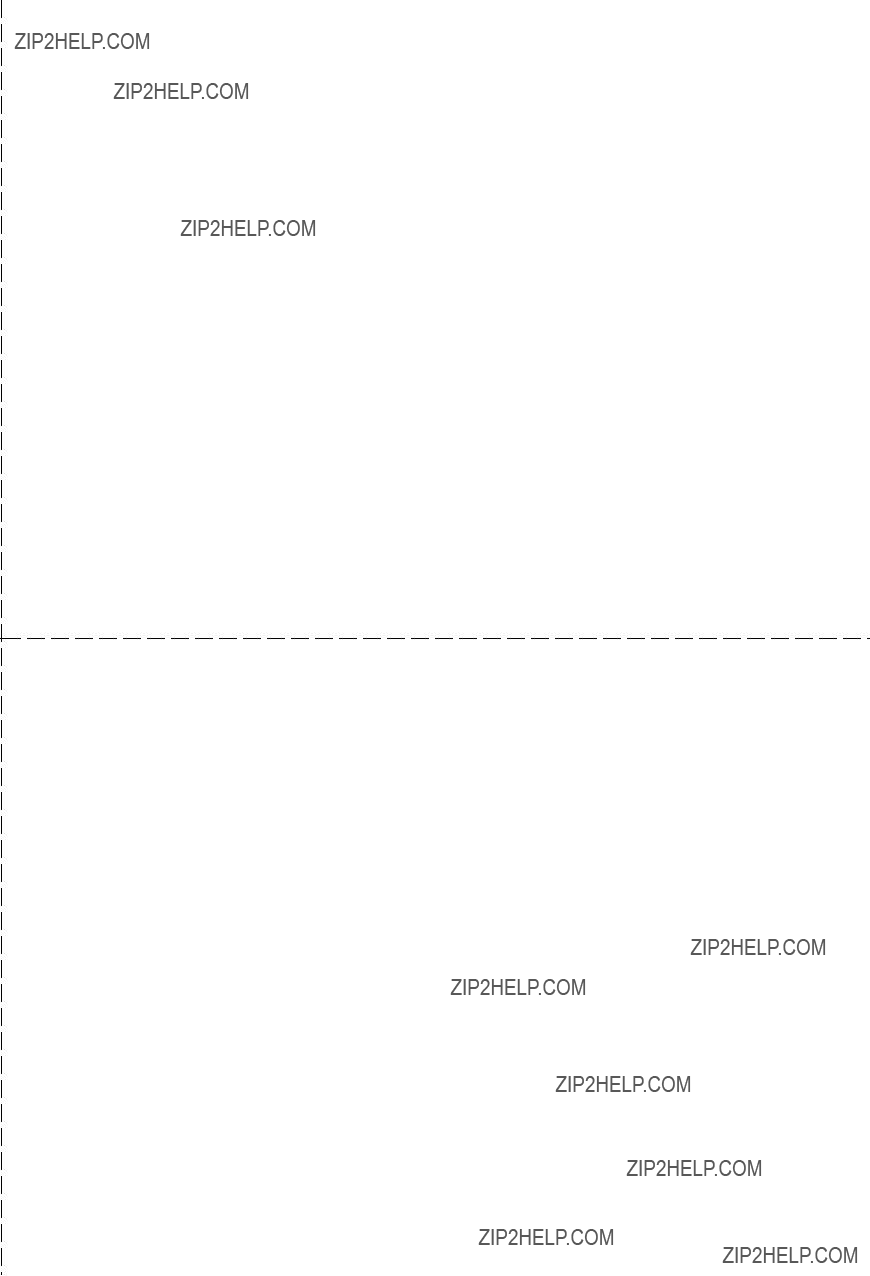
! WARNING: This water heater is not suitable for use in manufactured (mobile) homes!
Use & Care Manual
With Installation Instructions for the Installer
??
Gas Residential
Water Heaters
Residential 40 and 50 Gallon
The purpose of this manual is twofold: one, to provide the installer with the basic directions
and recommendations for the proper installation and adjustment of the water heater; and two, for the



 maintenance and troubleshooting of the water heater. This manual also includes a parts
maintenance and troubleshooting of the water heater. This manual also includes a parts  list.
list.
It is very important that all persons who are expected to install, operate or adjust this water heater read the instructions carefully so they may understand how to perform these operations. If you do not understand these instructions or any terms within it, seek professional advice.
! FOR YOUR SAFETY!
???Do not store or use gasoline or other flammable vapors or liquids or other combustible materials in the vicinity of this or any other appliance. To do so may result in an explosion or fire.
???WHAT TO DO IF YOU SMELL GAS
???Do not try to light any appliance.
???Do not touch any electrical switch; do not use any phone in your building.
???Immediately call your gas supplier from a neighbor???s phone. Follow the gas supplier???s instructions.
???If you cannot reach your gas supplier, call the fire department.
???Do not return to your home until authorized by the gas supplier or fire department.
???Improper installation, adjustment, alteration, service or maintenance can cause property damage, personal injury, or death . Refer to this manual. Installation and service must be performed by a qualified installer, service agency or the gas supplier.
Printed in USA
Manufactured under trademark license by:
Rheem Manufacturing Company
2600 Gunter Park Drive East, Montgomery, AL
AP13787 (01/06)
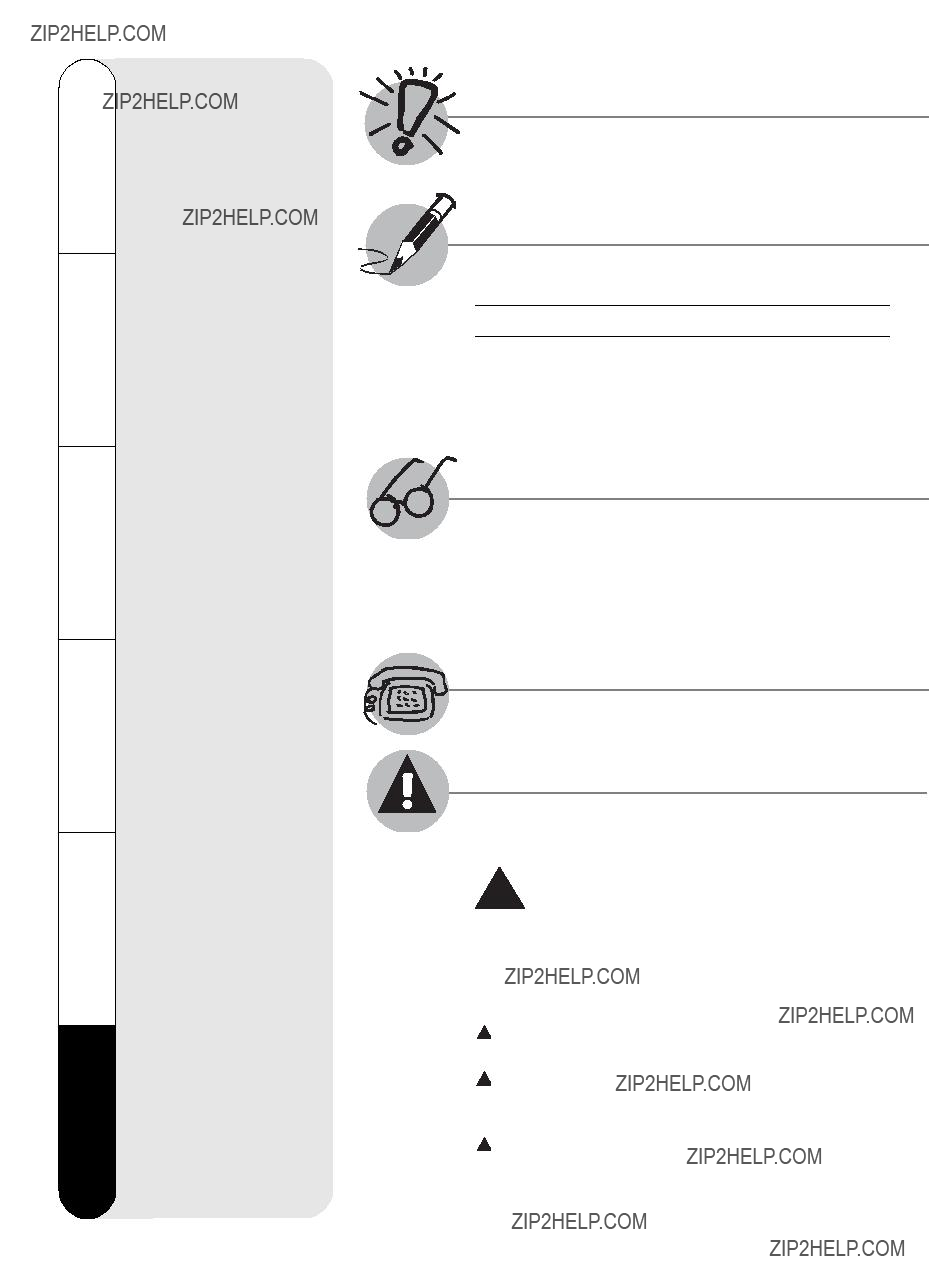

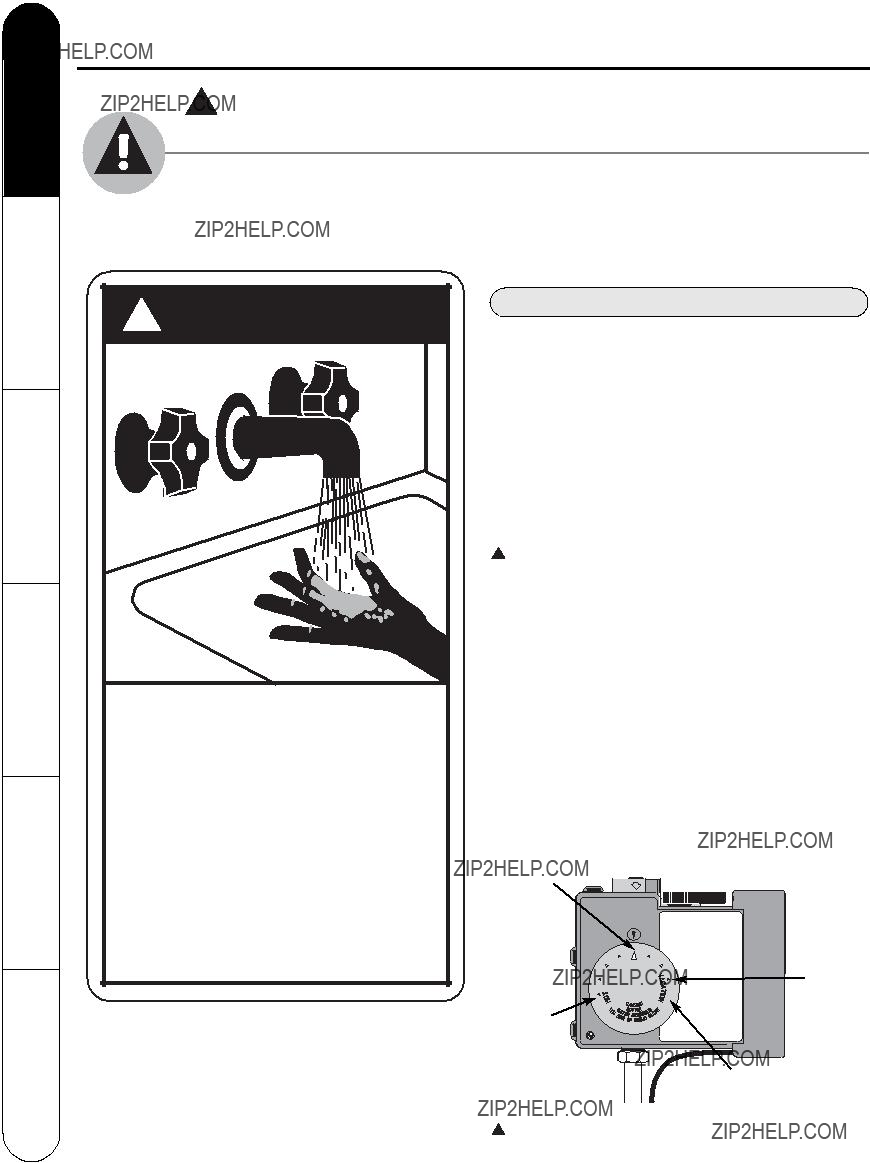

 DANGER!
DANGER!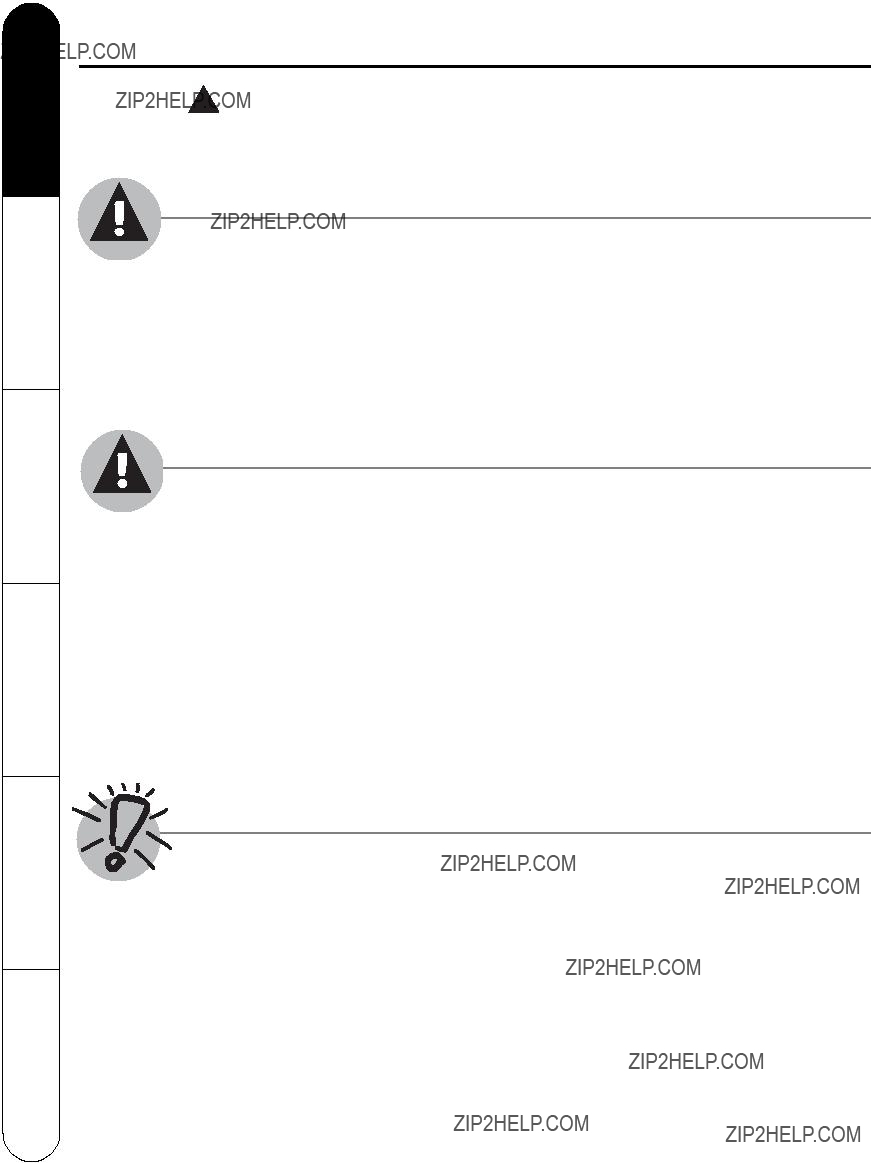

 water heater
water heater plus 2??? min.
plus 2??? min.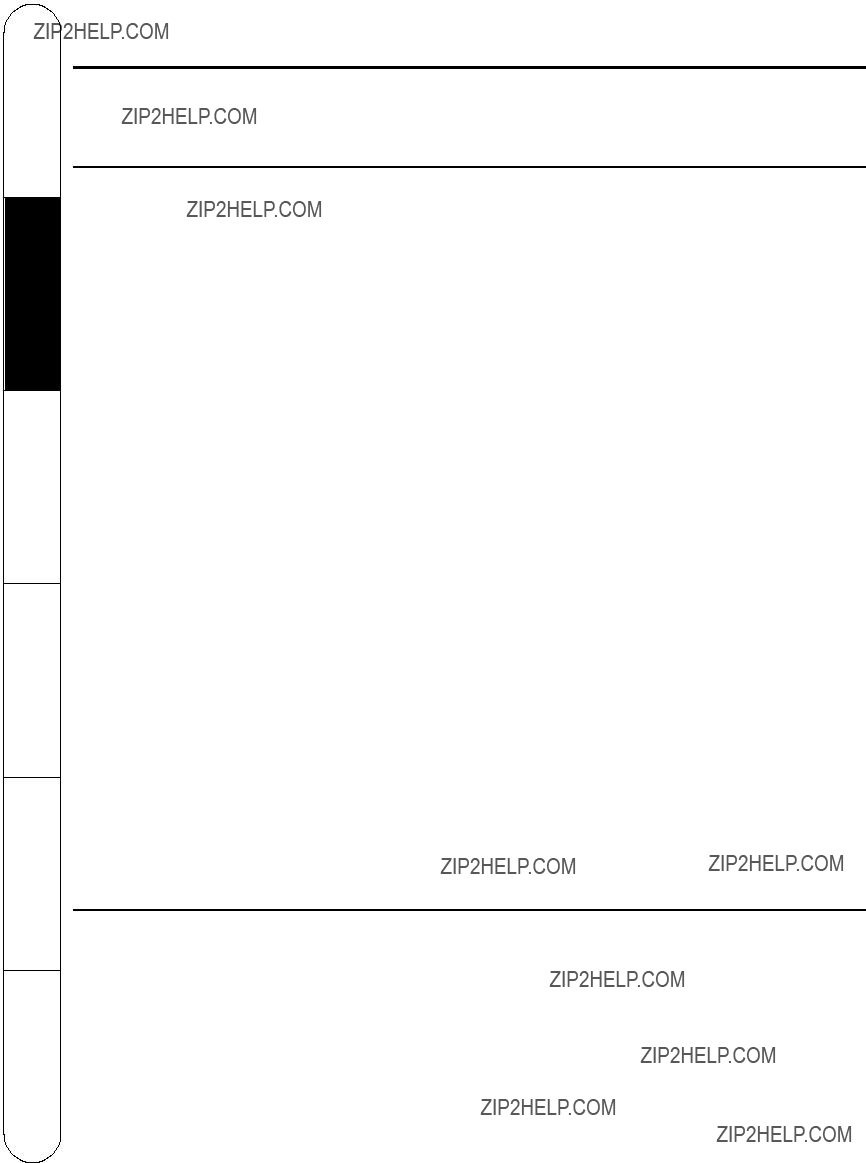









 Jacket door
Jacket door 

 To cold water
To cold water

 WARNING: The tank must be full of water before heater is turned on. The water heater warranty does not cover damage or failure resulting from operation with an empty or partially empty tank.
WARNING: The tank must be full of water before heater is turned on. The water heater warranty does not cover damage or failure resulting from operation with an empty or partially empty tank.
 WARNING: Do not attempt to convert this water heater for use with a different type of gas other than the type shown on the rating plate. Such conversion could result in hazardous operating conditions.
WARNING: Do not attempt to convert this water heater for use with a different type of gas other than the type shown on the rating plate. Such conversion could result in hazardous operating conditions. WARNING: Never use an open flame to test for gas leaks, as property damage, personal injury, or death could result.
WARNING: Never use an open flame to test for gas leaks, as property damage, personal injury, or death could result. WARNING: Failure to install a water heater suitable for the altitude at the location it is intended to serve, can result in improper operation of the appliance resulting in property damage and/or, producing carbon monoxide gas, which could result in personal injury, or death.
WARNING: Failure to install a water heater suitable for the altitude at the location it is intended to serve, can result in improper operation of the appliance resulting in property damage and/or, producing carbon monoxide gas, which could result in personal injury, or death.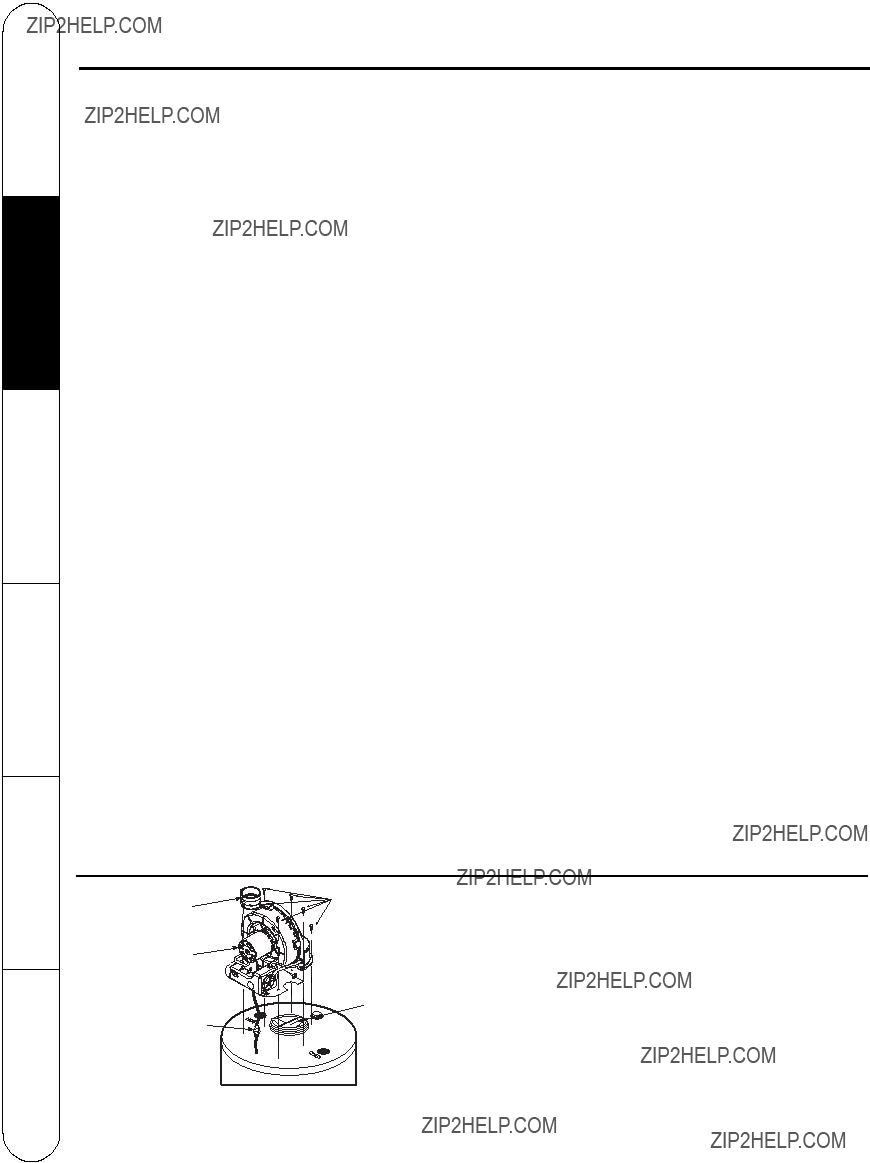
 DANGER: Failure to install the blower assembly and properly vent the water heater to the outdoors as outlined in the Venting section of this manual will result in unsafe operation of the water heater causing bodily injury, explosion, fire or death.
DANGER: Failure to install the blower assembly and properly vent the water heater to the outdoors as outlined in the Venting section of this manual will result in unsafe operation of the water heater causing bodily injury, explosion, fire or death.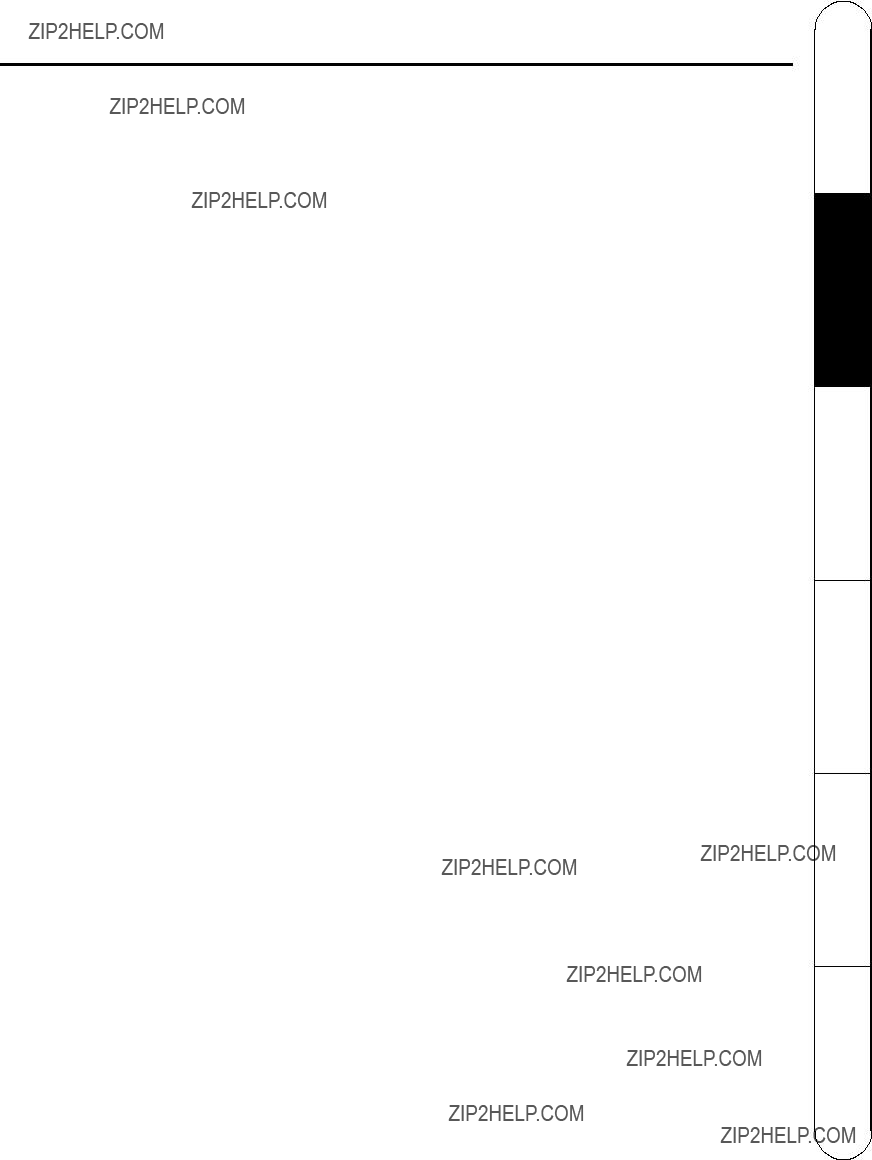
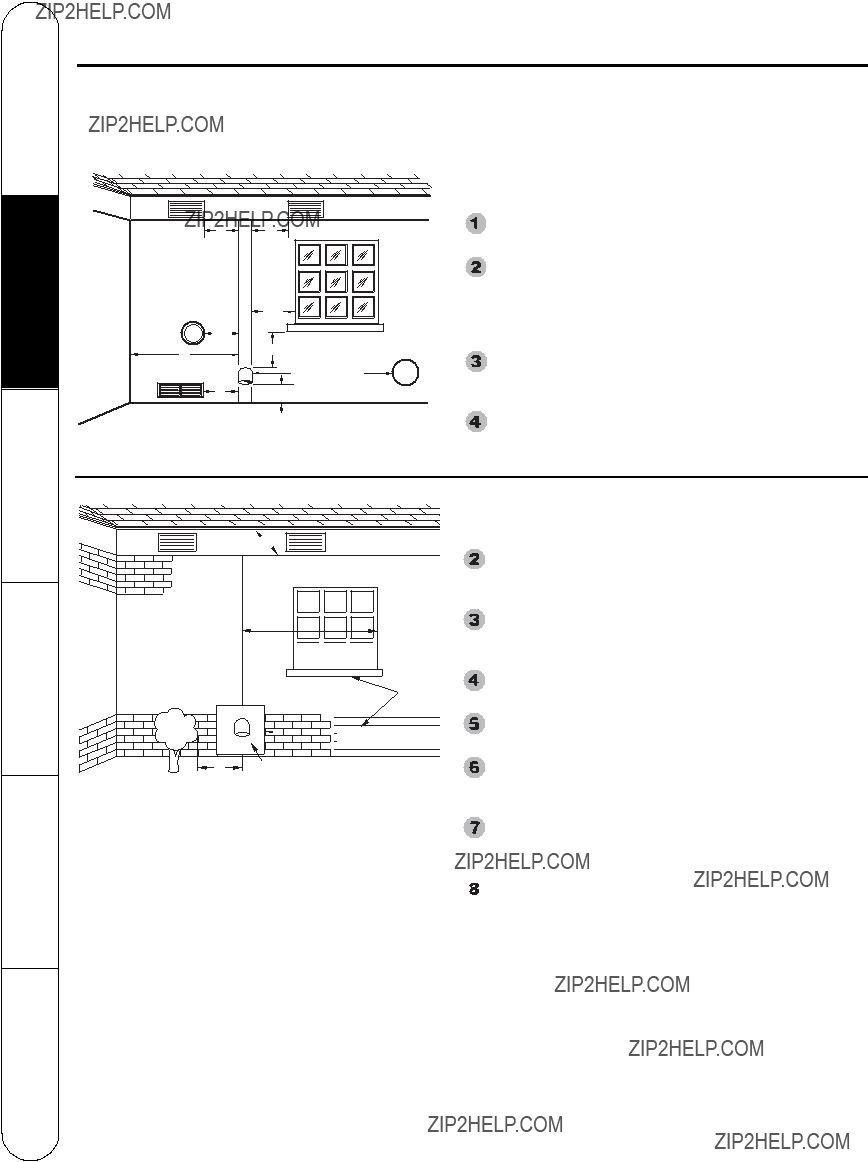

 Do Not install vent terminal under any patio or deck.
Do Not install vent terminal under any patio or deck. Caulk
Caulk




 caulk
caulk RTV silicone caulk
RTV silicone caulk WARNING: Moisture in the flue gas will condense as it leaves the vent terminal. In cold weather this condensate can freeze on the exterior wall, under the eaves and on surrounding objects. Some discoloration to the exterior of the building is to be expected. However, improper location or installation can result in severe damage to the structure or exterior finish of the building.
WARNING: Moisture in the flue gas will condense as it leaves the vent terminal. In cold weather this condensate can freeze on the exterior wall, under the eaves and on surrounding objects. Some discoloration to the exterior of the building is to be expected. However, improper location or installation can result in severe damage to the structure or exterior finish of the building. Do Not extend exposed vent pipe outside of building.
Do Not extend exposed vent pipe outside of building.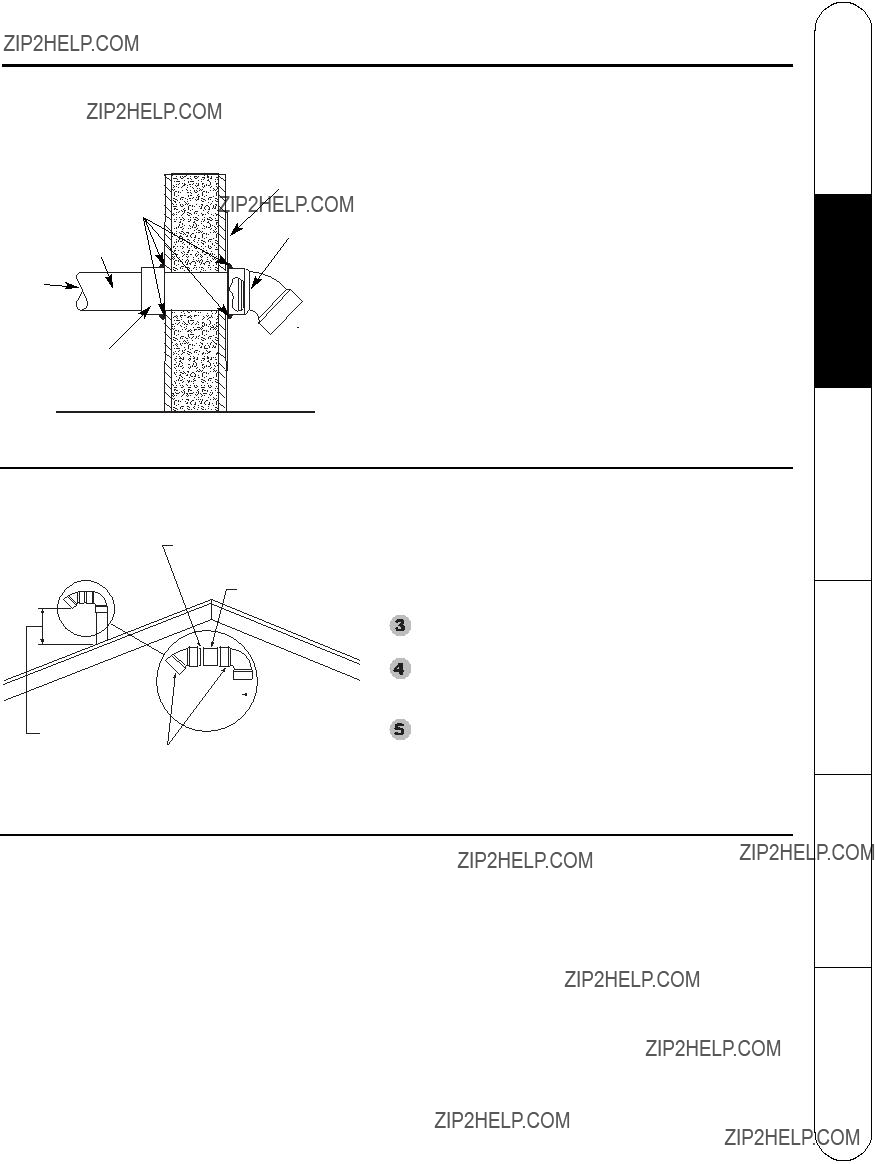
 Minimum twelve (12) inches above roof.
Minimum twelve (12) inches above roof. Minimum twelve (12) inches above anticipated snow level.
Minimum twelve (12) inches above anticipated snow level.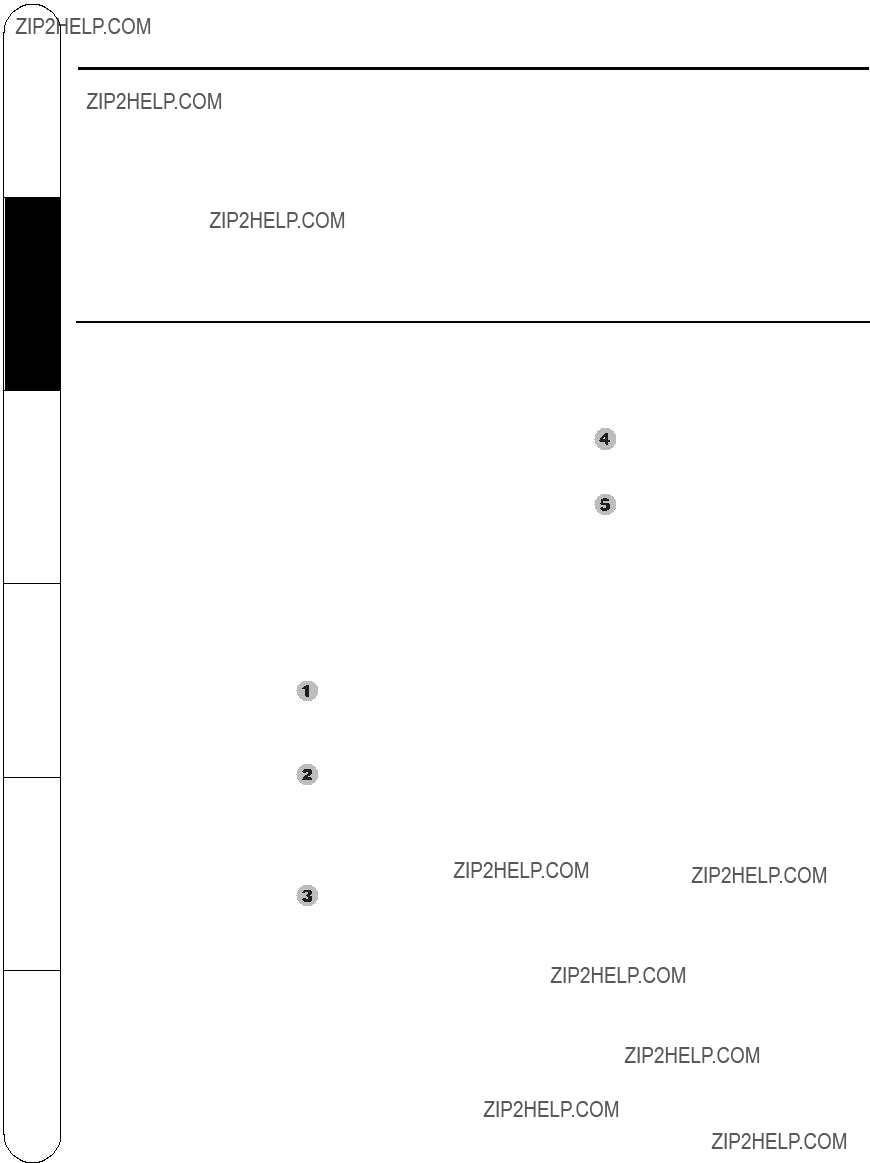
 WARNING: DANGER OF
WARNING: DANGER OF CAUTION:
CAUTION:
 CAUTION! Label all wires prior to disconnection when servicing controls. Wiring errors can cause improper and dangerous operation.
CAUTION! Label all wires prior to disconnection when servicing controls. Wiring errors can cause improper and dangerous operation.
 WARNING: If local codes require external application of insulation blanket kits the manufacturer???s instructions included with the kit must be carefully followed.
WARNING: If local codes require external application of insulation blanket kits the manufacturer???s instructions included with the kit must be carefully followed. CAUTION: If local codes require the application of an external insulation blanket to this water heater, pay careful attention to the following so as not to restrict the proper function and operation of the water heater:
CAUTION: If local codes require the application of an external insulation blanket to this water heater, pay careful attention to the following so as not to restrict the proper function and operation of the water heater: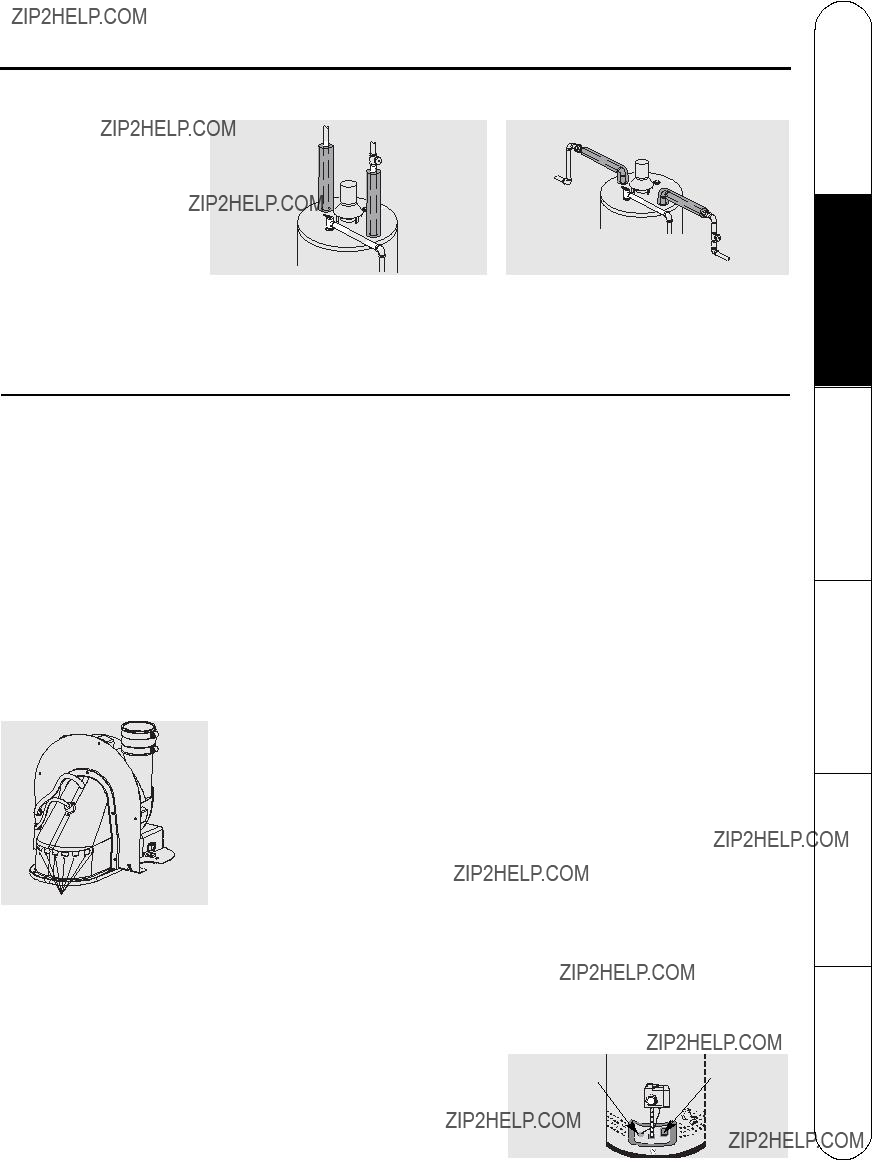

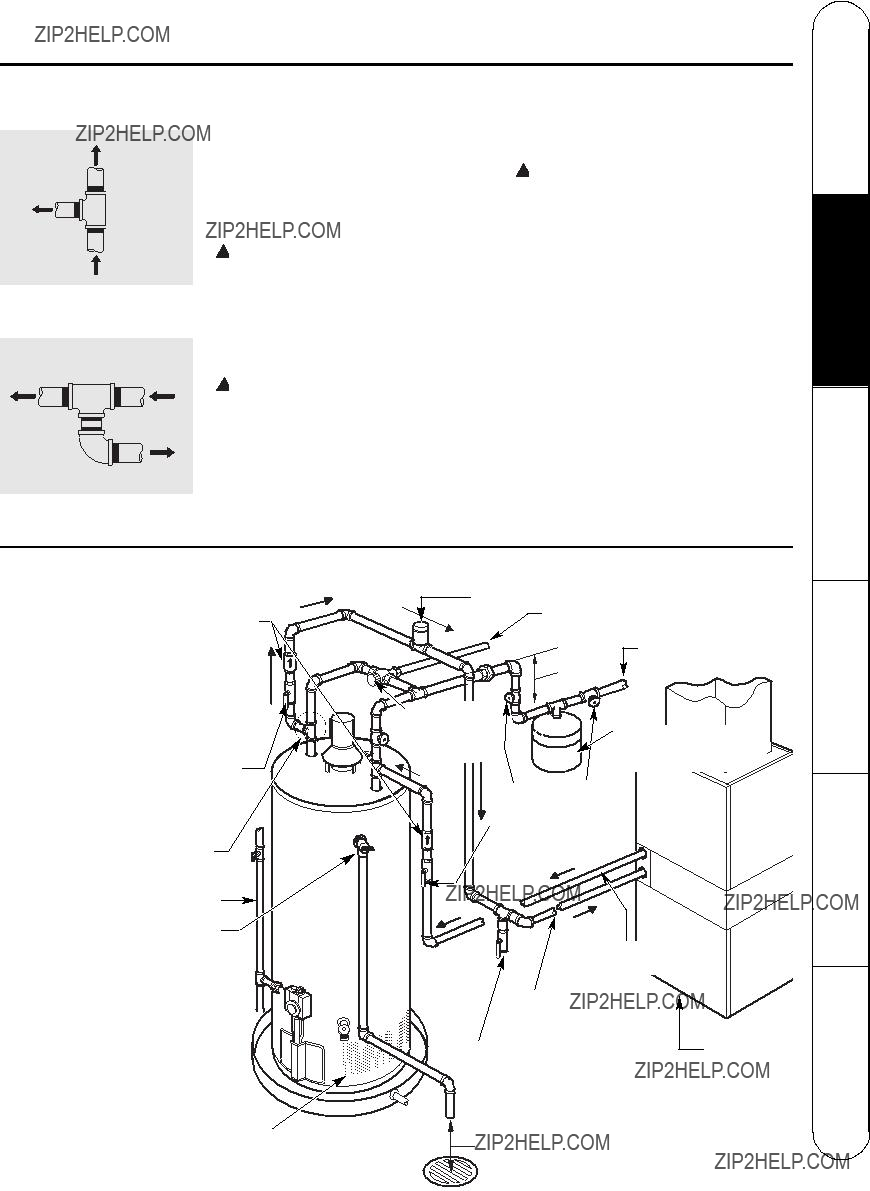

 relief valve discharge line
relief valve discharge line 
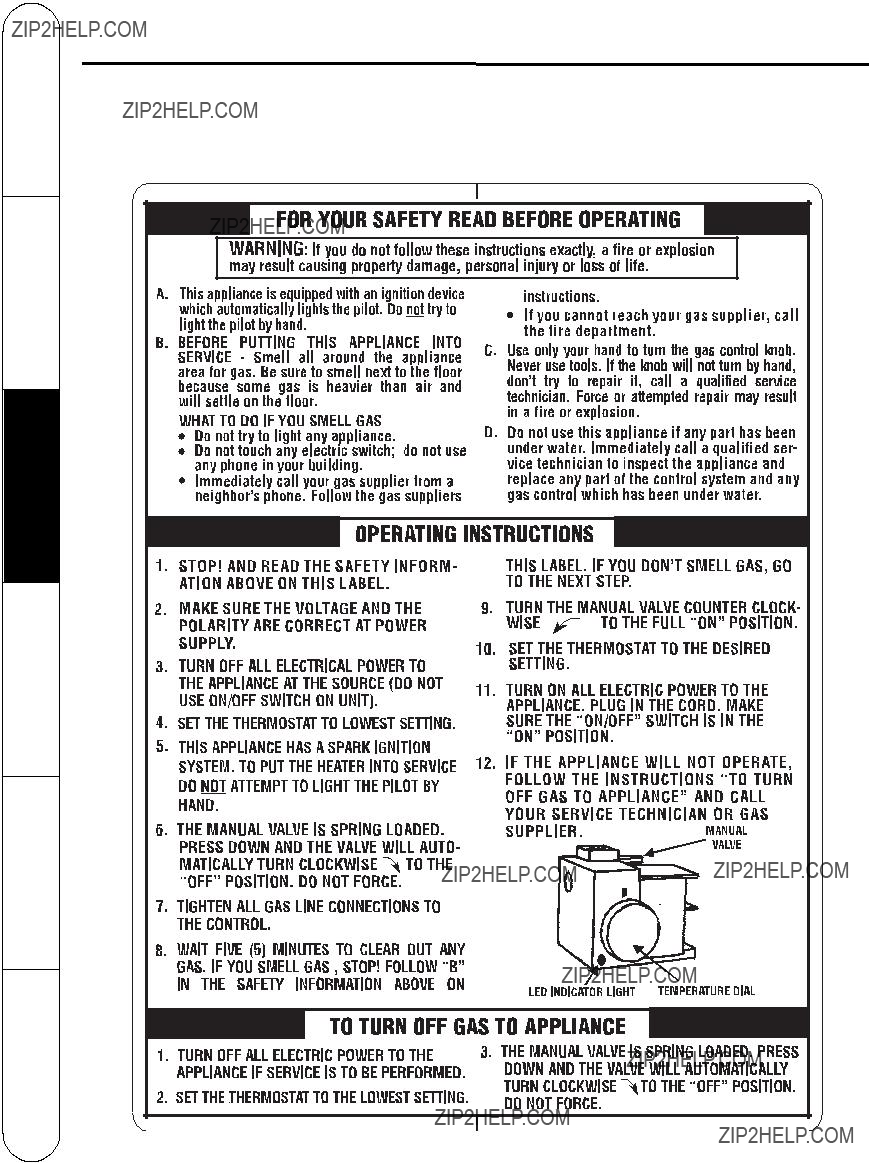

 CAUTION: Hydrogen gas can be produced in a hot water system served by this water heater that has not been used for a long period of time (generally two weeks or more). HYDROGEN GAS IS EXTREMELY FLAMMABLE!! To dissipate such gas and to reduce risk of injury, it is recommended that the hot water faucet be opened for several minutes at the kitchen sink before using any electrical appliance connected to the hot water system. If hydrogen is present, there will be an unusual sound such as air escaping through the pipe as the water begins to flow. Do not smoke or use an open flame near the faucet at the time it is open.
CAUTION: Hydrogen gas can be produced in a hot water system served by this water heater that has not been used for a long period of time (generally two weeks or more). HYDROGEN GAS IS EXTREMELY FLAMMABLE!! To dissipate such gas and to reduce risk of injury, it is recommended that the hot water faucet be opened for several minutes at the kitchen sink before using any electrical appliance connected to the hot water system. If hydrogen is present, there will be an unusual sound such as air escaping through the pipe as the water begins to flow. Do not smoke or use an open flame near the faucet at the time it is open.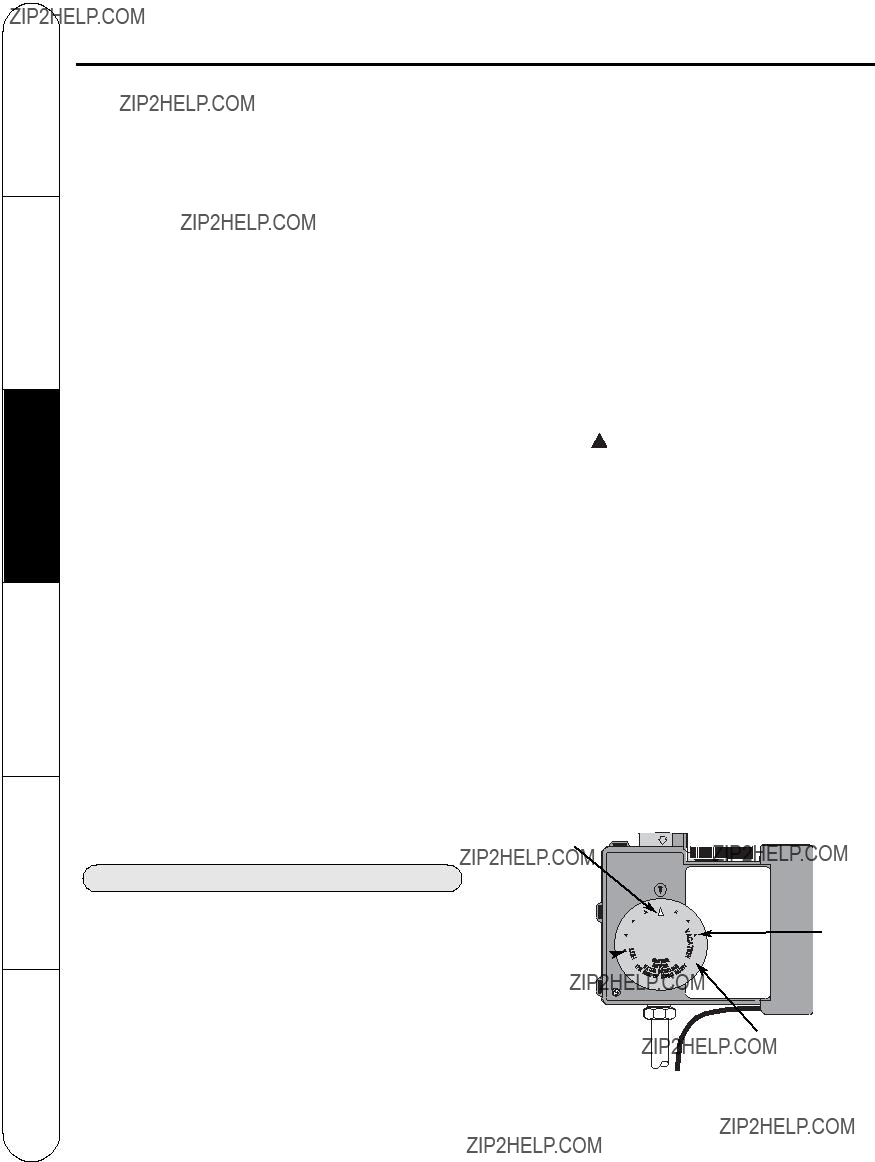


 DANGER: Before
DANGER: Before DANGER: Failure to perform the recommended Routine Preventative Maintenance can harm the proper operation of this water heater, which can cause carbon monoxide dangers, excessive hot water temperatures and other potentially hazardous
DANGER: Failure to perform the recommended Routine Preventative Maintenance can harm the proper operation of this water heater, which can cause carbon monoxide dangers, excessive hot water temperatures and other potentially hazardous
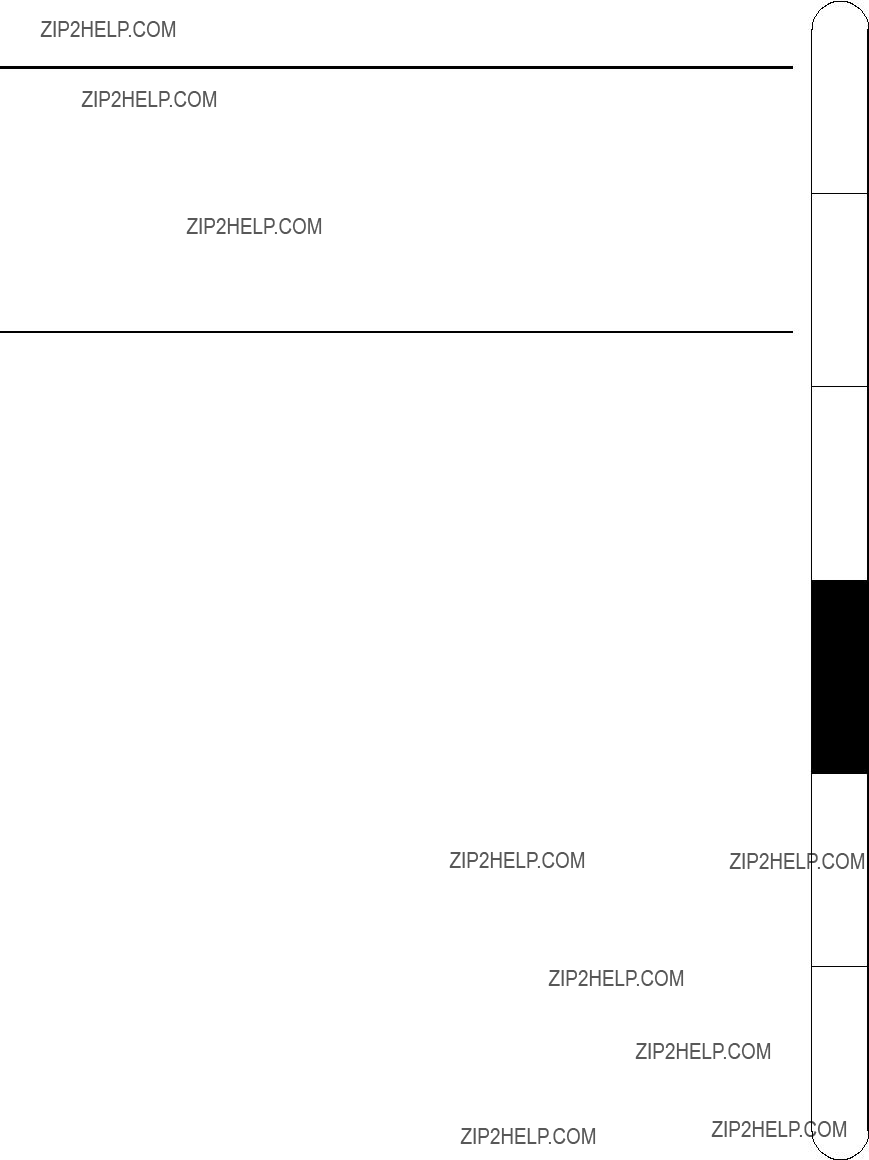

 CAUTION: For your safety DO NOT attempt repair of gas piping, gas control (thermostat), burners, vent connectors or other safety devices. Refer repairs to qualified service personnel.
CAUTION: For your safety DO NOT attempt repair of gas piping, gas control (thermostat), burners, vent connectors or other safety devices. Refer repairs to qualified service personnel.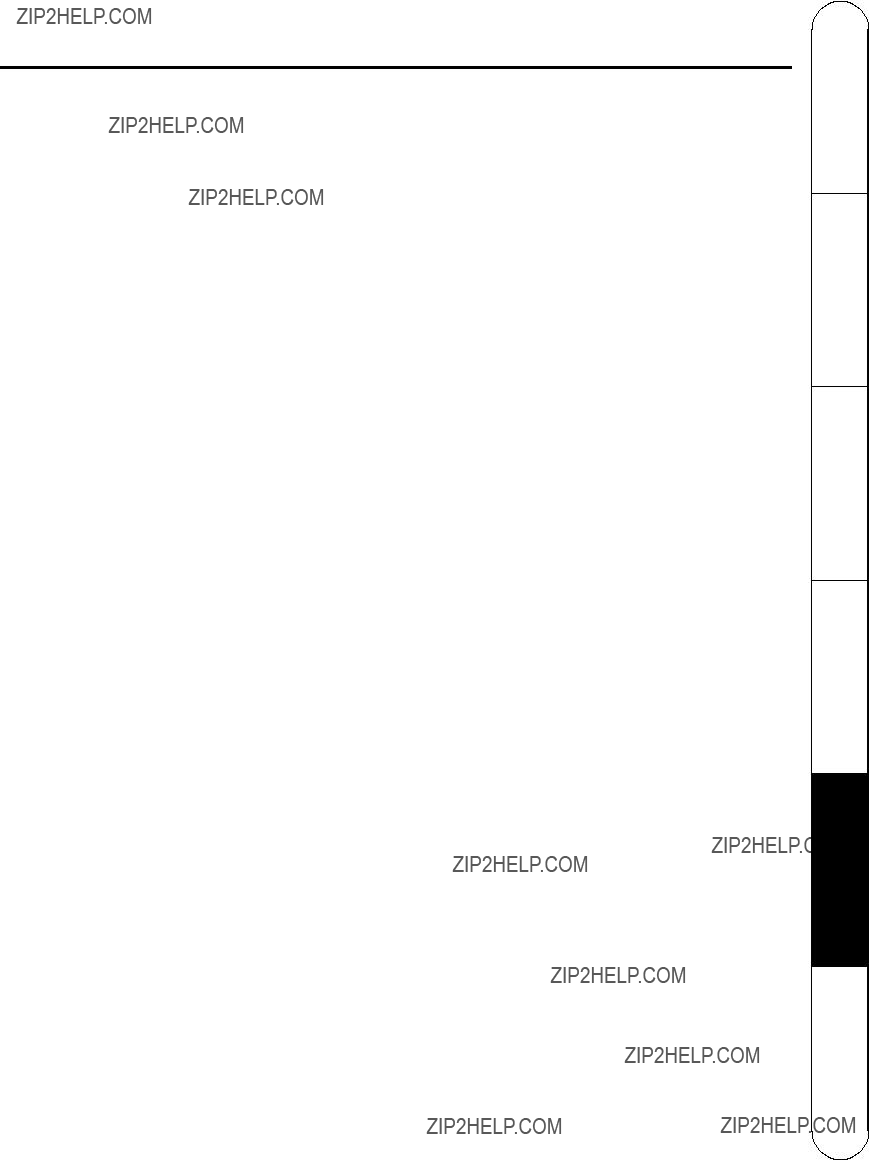
 CAUTION: Make certain power to water heater is ???OFF??? before removing protective cover FOR ANY REASON.
CAUTION: Make certain power to water heater is ???OFF??? before removing protective cover FOR ANY REASON. CAUTION: Label all wires prior to disconnection when servicing controls. Wiring errors can cause improper and dangerous operation. VERIFY PROPER OPERATION AFTER SERVICING.
CAUTION: Label all wires prior to disconnection when servicing controls. Wiring errors can cause improper and dangerous operation. VERIFY PROPER OPERATION AFTER SERVICING. CAUTION: For your safety DO NOT attempt repair of gas piping, gas control (thermostat), burners, vent connectors or other safety devices. Refer repairs to qualified service personnel.
CAUTION: For your safety DO NOT attempt repair of gas piping, gas control (thermostat), burners, vent connectors or other safety devices. Refer repairs to qualified service personnel.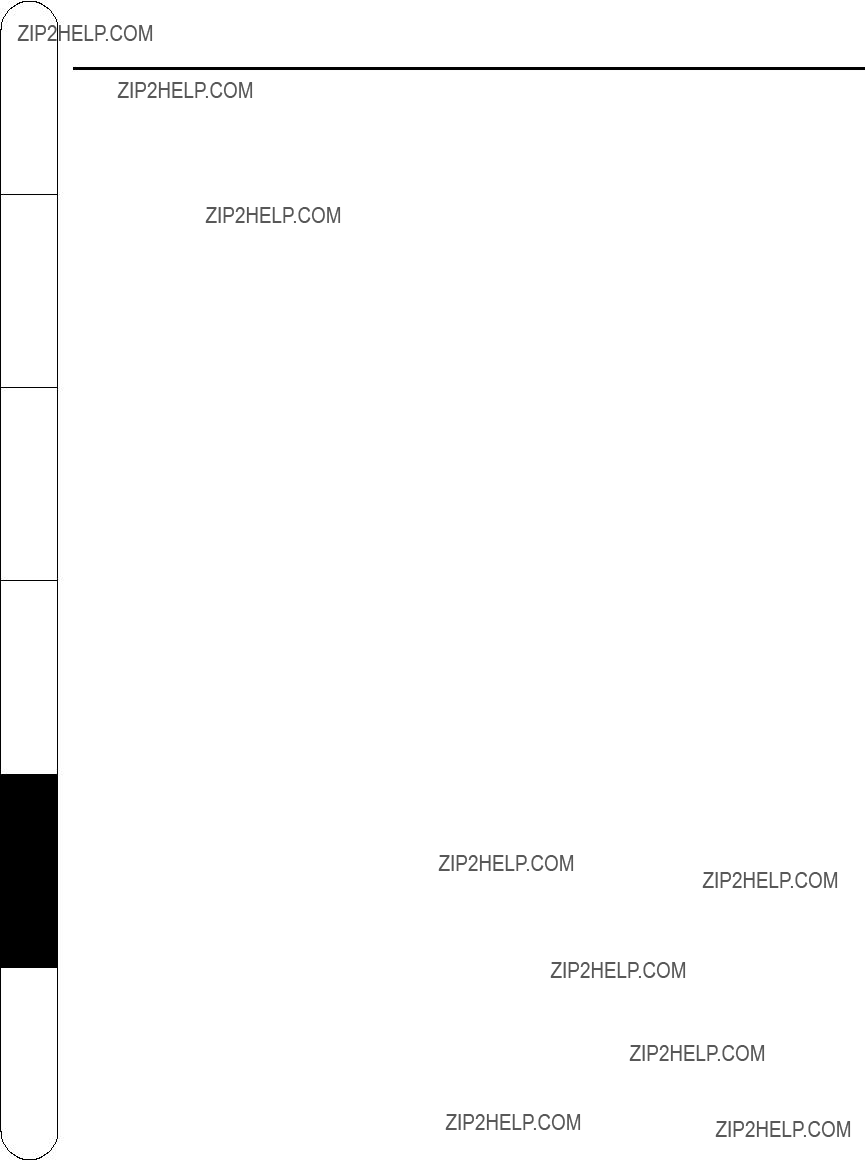
 CAUTION: Make certain power to water heater is ???OFF??? before removing protective cover FOR ANY REASON.
CAUTION: Make certain power to water heater is ???OFF??? before removing protective cover FOR ANY REASON. CAUTION: Label all wires prior to disconnection when servicing controls. Wiring errors can cause improper and dangerous operation. VERIFY PROPER OPERATION AFTER SERVICING.
CAUTION: Label all wires prior to disconnection when servicing controls. Wiring errors can cause improper and dangerous operation. VERIFY PROPER OPERATION AFTER SERVICING. CAUTION: For your safety DO NOT attempt repair of gas piping, remote control, burners, vent connectors or other safety devices. Refer repairs to qualified service personnel.
CAUTION: For your safety DO NOT attempt repair of gas piping, remote control, burners, vent connectors or other safety devices. Refer repairs to qualified service personnel.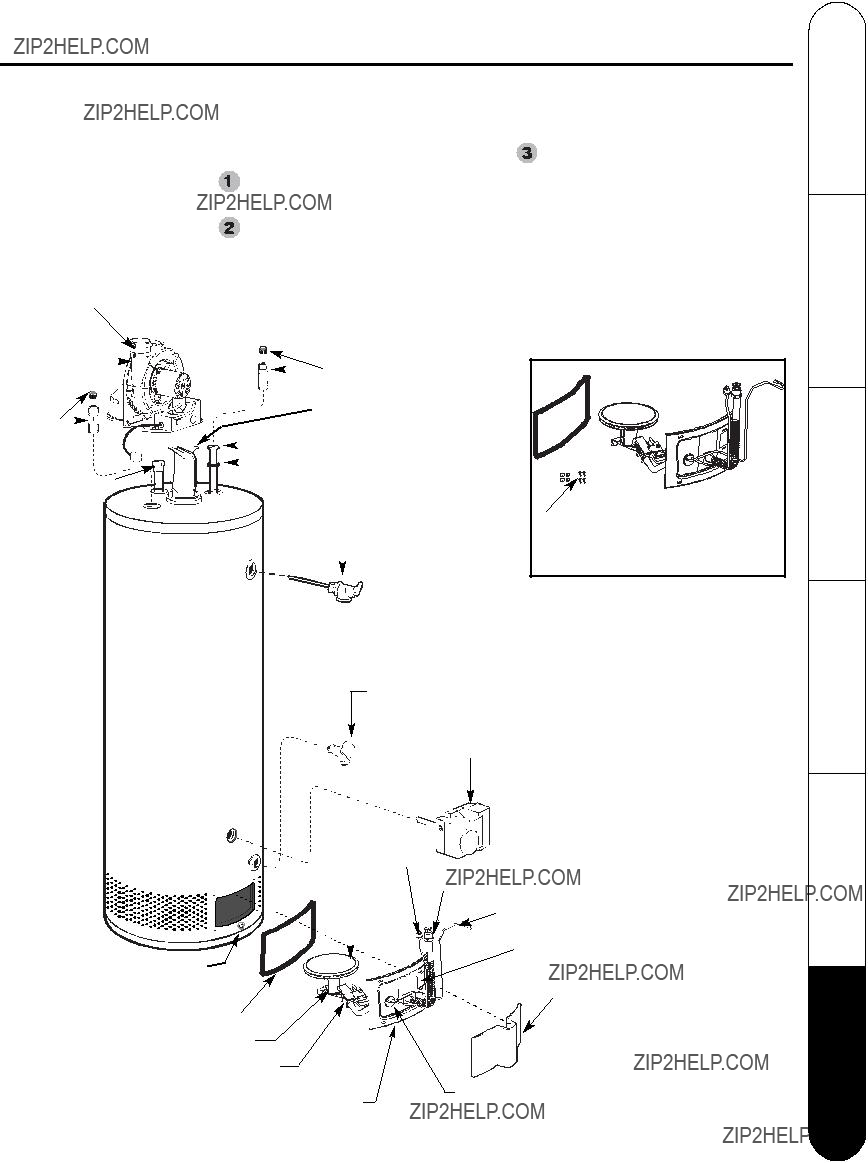
 CAUTION: For your safety, DO NOT attempt repair of gas piping, gas control (thermostat), burners, vent connectors or other safety devices. Refer repairs to qualified service personnel.
CAUTION: For your safety, DO NOT attempt repair of gas piping, gas control (thermostat), burners, vent connectors or other safety devices. Refer repairs to qualified service personnel.


